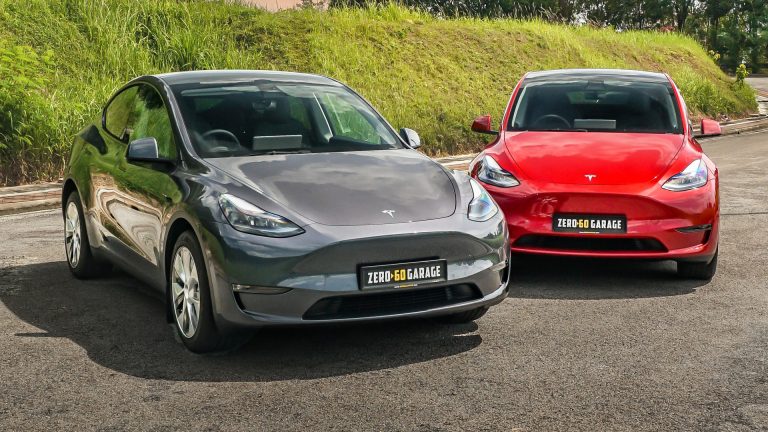
To some, a mere block of metal, rubber, wires, electronics and maybe a bit of leather for comfort. To these same people, what powers a car does not really seem much of a big deal when it comes to small talk.
Yet, if we dive in deeper, look at the numbers and the topic of personal opinion, it all comes down to something much too clear.
The electric vehicle, was once (and as a matter of fact, still is) considered taboo.
It is undeniable. The electric car during its initial debut, wasn’t really viewed as a game changer. Case in point. In the early 2000’s electric cars were horribly slow, they didn’t really have that much tech inside of them either to wow the average consumer either. Not only that, its already bad enough the range on the cars back then were short, there weren’t even enough charging stations to cross over a whole state at the time.
Furthermore, on the design factor, almost every single brand from Audi to BMW adopted the same formula.
The smoothest, yet most boring lines on an automobile anyone will ever see on each and every single one of them.
It wasn’t even just EVs, basically anything that had an electric motor was also tied to the same blueprint. And the weirdest fact is, not even a single brand even attempted to change that. It almost seemed like the the EV/Hybrid Vehicle had one big CI to be the most boring looking car on the market with the blandest features.
Until sometime in 2013, that changed forever.
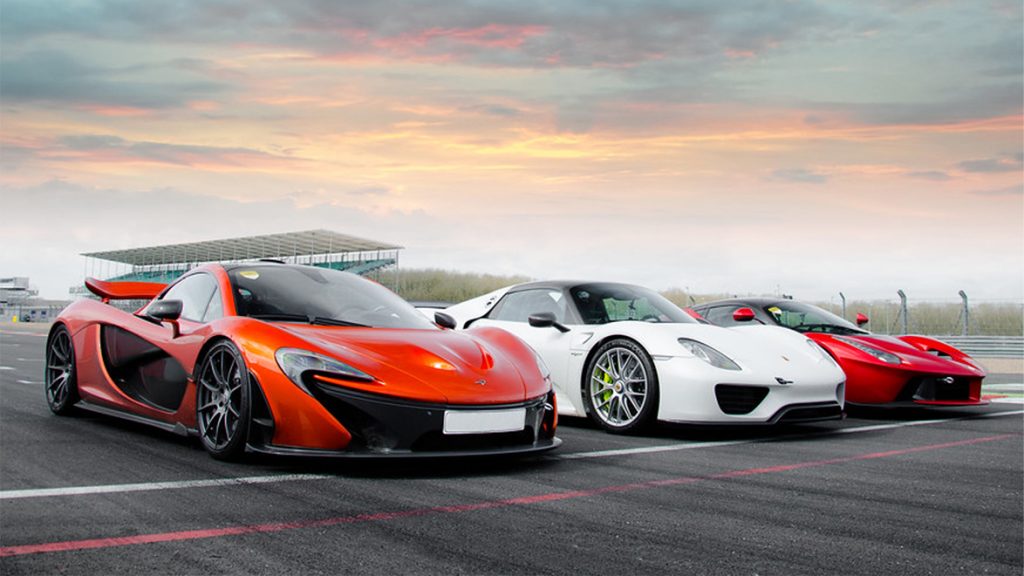
Ferrari, Porsche, Mclaren. Three car companies who upon mentioning their names would send any car enthusiast into ecstasy. Three brands who have had their entire hierarchy lined around big, powerful, gaz guzzling combustion engines. So much so, one would’ve never ever suspected them even considering, nor dealing with electric powertrains.
Until they actually did.
How they used the electrical powertrains would forever shift the mindsets of the public on how they think of electric assistance in vehicles forever. For the first time, these hybrids weren’t blandly designed or horridly slow. They were fast. Ridiculously fast. And not to mention they were all equally aesthetically stunning.
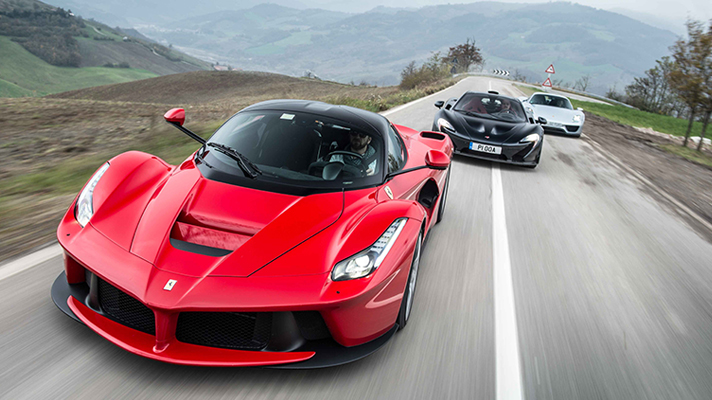
The Holy Trinity. That’s what they were called. Three ultra exclusive, high-end hypercars that were so special, that within the first few years of them existing, you couldn’t even get all of them in the same room. And to think they were all powered by the same tech as a Toyota Prius.
So that cleared up the hybrid taboo. People were now starting to see that hybrids were not just means of saving a few extra drops of fuel, but more so a much more better way to get extra power. The electrical assistance in cars proved to be a much better way to gain acceleration and get that extra torque to launch off the crossroads. Car companies also started ditching the bland, tasteless. one-note designs they kept putting on hybrids to differentiate them between their “normal” counterparts and opted for subtle badges instead, maintaining the original car’s sporty demeanor. Some companies even went the extra mile, and did a full 180 on the design blueprint and made hybrid versions look even sportier than just the standard ICE model.
But the idea of a fully electric, battery fueled, no petrol whatsoever vehicle was still on the fence. Sure people were starting to see that electric equals torque. But to the common user who doesn’t really know much, they would still see that to get all that power, an equally powerful combustion engine is still needed in the picture.
Enter Tesla.
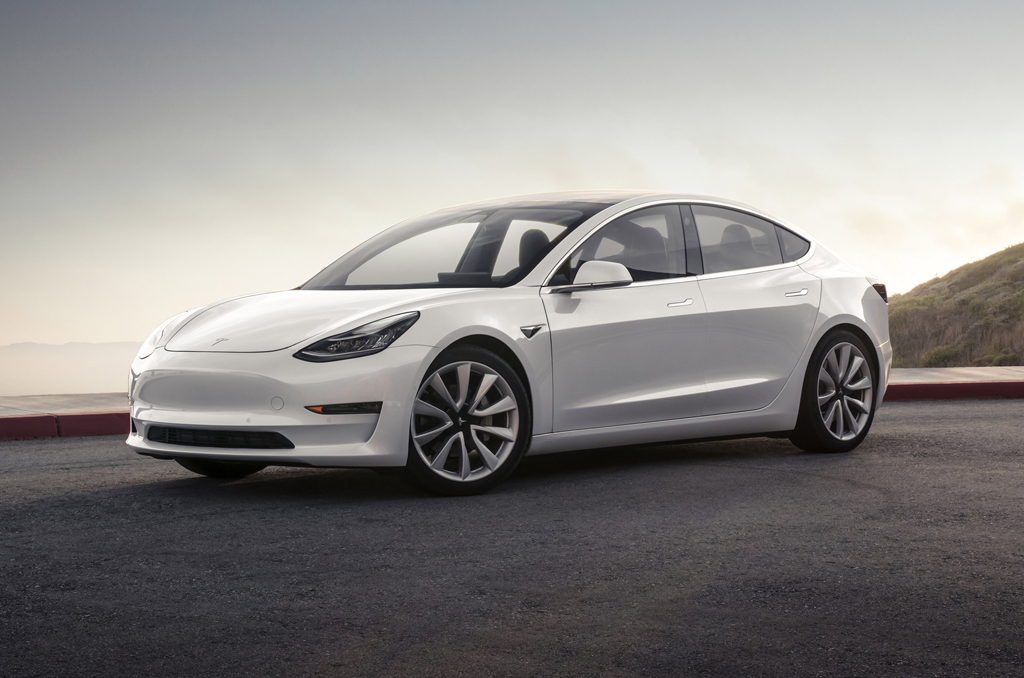
We all don’t need an introduction to this. The brand had existed long before the tides shifted on the views of hybrids and electrical assistance. However they were still drowning in the waves of public doubt and insecurity. They made some cool cars in the past like the first-generation Tesla Roadster. But it didn’t really have any eye-popping features. Top speed was just 201 km/h, 0 to 100 took a sluggish 4 seconds and compared to the electric cars of today, it had a range of just below 400km. Which when you crunch the numbers, it wasn’t really all that bad, but it just never had anything interesting other than the fact that it was an electric sports car. But compared to the other ICE sports cars back then, the inconvenience of charging stations, and the fact that the only main selling point it had was that it wasn’t powered by dinosaur juice, it was abit of a hard sell.
Then the Model S came by.
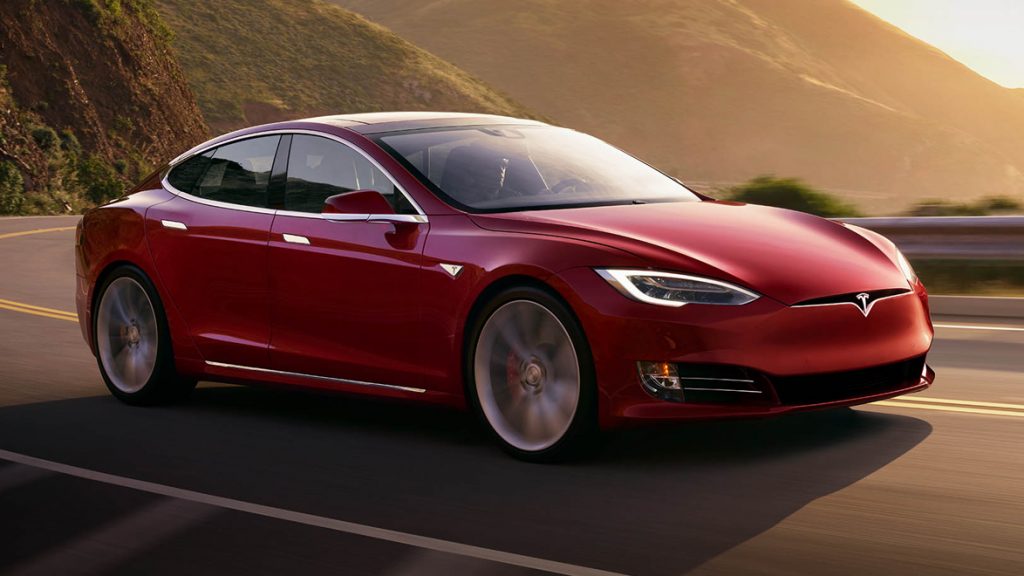
Please note the car wasn’t really an instant success either. It was popular. But by no means was it ever seen in the same light it was today. Back then all it had was a reputation of being a somewhat pricey, but reliable, quote on quote luxury, electric vehicle. It was basically the Lexus of electric cars, if you will. Until someone decided to put it next to a Nissan GTR on a drag strip sometime in 2015, and actually won.
The GTR was considered the king of any racetrack at one point, with its godly acceleration and insane handling it could even smoke cars 10 times beyond its pricetag. So how can you not expect the world to go absolutely bonkers once they see a mid-size, somewhat posh sedan absolute decimate it to bits on a dragstrip.
The GTR wasn’t the only victim either, more rivals came to challenge the electric saloon, from big brutal supercharged Dodges to aero focused Porsches. They all shrunk in the Tesla’s rear view mirror.
Every. Single. Time.
The automotive world, went absolutely mad. Suddenly, every single car-nut either wanted a Tesla in their garage, or burn one to the ground. Not in hatred, but in just sheer wonder at how on earth can a car, powered by what was considered something unstable, and slow, smoke every single poster car they had on their walls.
And to add to the hilarity, Tesla never planned any of this, but boy did they adopt it wholeheartedly. Overtime Teslas became a benchmark for not just electric vehicle production, but entirety of the automotive world itself. Other that its blindingly fast speeds, Tesla launched Autopilot, a system now capable of having the vehicle drive to any location all by itself, sending shockwaves to automotive world once more.
A brand that at some point seemed like a dumpster fire, comes out of nowhere and completely destroys everything we thought about cars as a whole. It was almost like as if they’d never stop putting new and fun things in cars anyone ever thought off, from Mario Kart easter eggs and a custom horn you can set to any sound you wanted. Tesla’s achievements seemed limitless. And it didnt just stop at Tesla either.
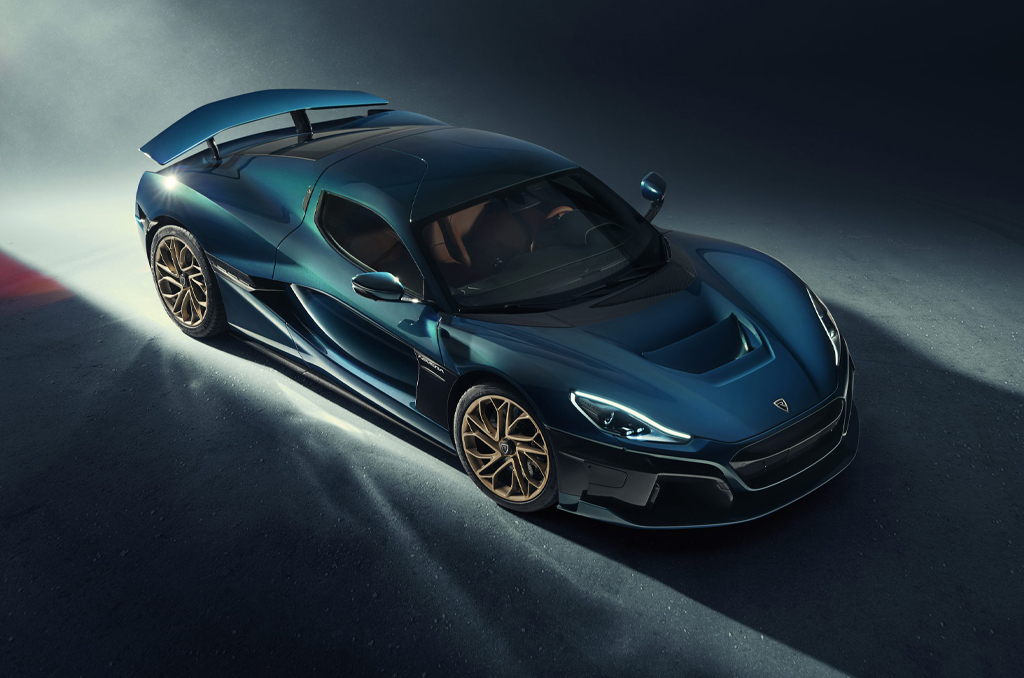
Speed was the new gameplan. G-forces were the new craze. Enter companies like Rimac Automobili, an electric hypercar company from Croatia that introduced cars like the Rimac Concept One, and the now renamed Nevera. NIO, an electric car company hailing from China which produced the staggeringly quick EP9. All of them capable of reaching ridiculous top speeds of over 400km/h, and a soul-snatching 0-100 time of less than 2 seconds. Richard Hammond, a world-famous TV presenter from the hit show BBC’s Top Gear and Amazon’s The Grand Tour, even said the cars were too quick and too advanced to be put into normal words.
“We need a whole new vocabulary” quote Richard Hammond.
Tesla on the other hand continued to dominate the electric vehicle market, launching cars to fill up every segment, from the brutally fast, falcon door Model X SUV, the smaller, yet very nimble Model 3 sedan, and the sleek Model Y crossover. All of them continued to contain the similar Tesla DNA, which remains to be their main selling points till this very day. Teslas have this aura of being cars that properly shout that they’re from a time way advanced than ours, their future projects probably scream that the loudest. (We’re still waiting for you Cybertruck)
But overtime, after the arguments of how and what Tesla is able to do the things they do have finally died down, people realized they wanted a shift towards this as well. The world has finally opened their eyes. EV stations started popping up left and right just like normal gas stations. Governments finally decide to start pushing more companies to engage in the switch as well. The batteries are more stable. And so is the power delivery.
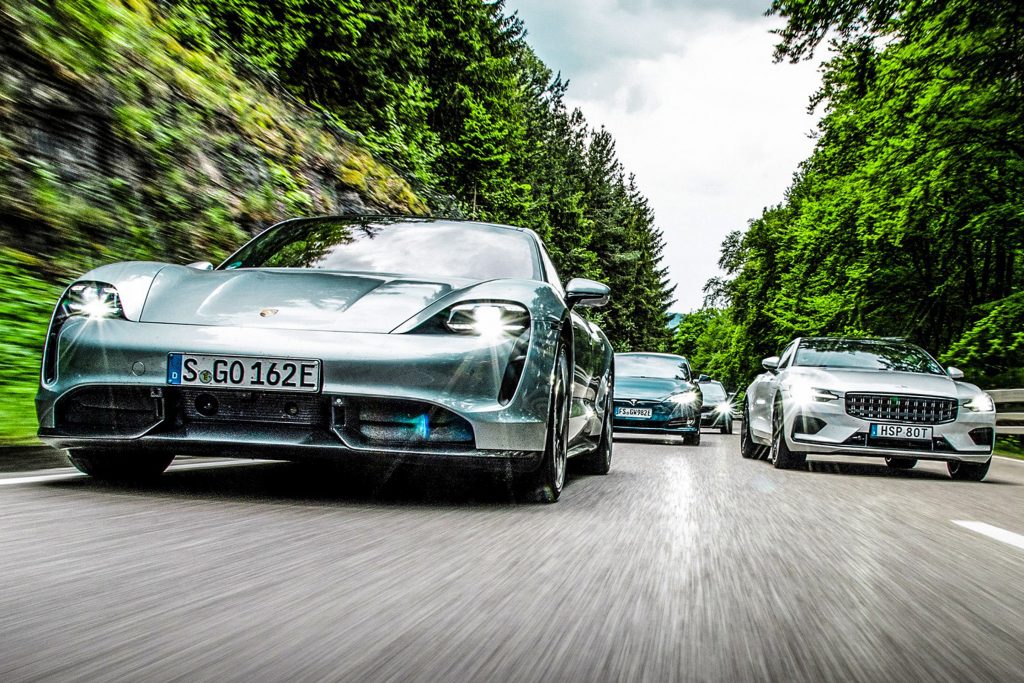
Porsche, introduced the Taycan, a sleek electric saloon with elements taken from the 911. Audi, introduced E-Tron, a whole new lineup of electric SUVs and coupes. Mercedes went with EQ, along with three new design blueprints for each of their vehicle classes. BMW has their ‘i’ lineup. Hyundai went with Ioniq. Brands like Hummer, Buick and plenty more are seeing this global electric movement as a chance to resurrect themselves after being out of the picture for so long.
Third party dealers are also pushing the movement to places where EVs are not mainstream yet. That’s why we at Zero To Sixty Garage, are pushing for this same movement to spread awareness and share the new technologies the EV has to offer.
The world is entering a phase of the where electric cars no longer have to ironically scream and shout that they’re electric. The EV is now officially mainstream, with more and more companies adopting similar policies to go completely ICE free from 2025 and beyond.
The future is just above the horizon. The automotive landscape is in a steady route towards change. And although change is taboo to some individuals, one thing we at Zero To Sixty Garage can say is, the electric car today, definitely isn’t.
